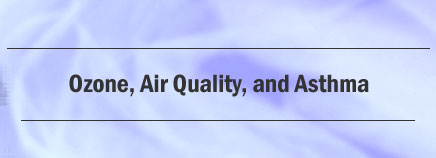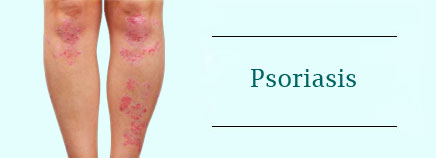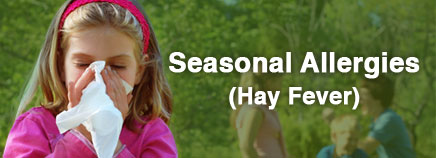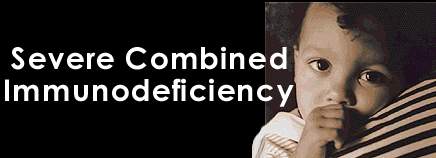If your child has asthma, you probably understand triggers — those substances or activities that bring on breathing problems. But what if the asthma trigger is in the air your child breathes? Ground-level ozone and other air pollutants can trigger worsening symptoms and asthma flare-ups. But you can help minimize …
Poison Ivy
Leaves of three, let them be! You’ve probably heard that little rhyme about poison ivy. But did you know that poison ivy, poison oak, and poison sumac all contain the same rash-causing substance? It’s urushiol, a colorless, odorless oil (or resin) contained in the leaves of the plants. Signs and …
Psoriasis
Psoriasis can be worrying, especially when you see your child struggle with itching or discomfort. For most kids, psoriasis is limited to just a few patches that usually respond well to treatment. More serious cases might need more aggressive treatment. But the good news is that there are many options. …
Seasonal Allergies (Hay Fever)
About Seasonal Allergies “Achoo!” It’s your son’s third sneezing fit of the morning, and as you hand him another tissue you wonder if these cold-like symptoms — the sneezing, congestion, and runny nose — have something to do with the recent weather change. If he gets similar symptoms at the …
Serious Allergic Reactions (Anaphylaxis)
Kids with severe allergies can be at risk for a sudden, potentially life-threatening allergic reaction called anaphylaxis. This reaction can be frightening — a child may feel like his or her throat is closing or might faint, for example. But the good news is that when treated properly, anaphylaxis can …
Severe Combined Immunodeficiency
Right after they’re born, babies are partially protected from infections by antibodies transmitted to them by their mothers. (Antibodies are special chemicals made by the body to fight infections.) Within the next few months, though, their immune systems develop and begin to assume responsibility for fighting off infections. But sometimes, …
Shellfish Allergy
About Shellfish Allergy A shellfish allergy is not exactly the same as a seafood allergy. Seafood includes fish (like tuna or cod) and shellfish (like lobster or clams). Even though they both fall into the category of “seafood,” fish and shellfish are biologically different. So fish will not cause an …
Soy Allergy
About Soy Allergy Soy has become a common ingredient in foods. It’s also a common cause of food allergy. Soy comes from soybeans, which are in the legume family (along with beans, lentils, peas, and peanuts). Some people are allergic to just one type of legume; others are allergic to …
Stem Cell Transplants
Stem cells are cells in the body that have the potential to turn into anything, such as a skin cell, a liver cell, a brain cell, or a blood cell. Stem cells that turn into blood cells are called hematopoietic (heh-mat-uh-poy-EH-tik) stem cells. These cells are capable of developing into the …
What Is Oral Allergy Syndrome?
What is oral allergy syndrome? – Diane Oral allergy syndrome, or OAS, is an allergic reaction that usually happens only in the mouth and throat. People with OAS can react to specific foods, such as certain fruits and vegetables. When they eat food they’re allergic to, they may notice itching, …










